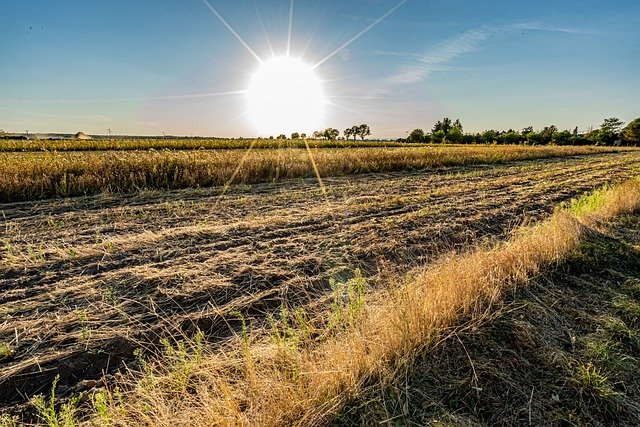🚽💡✨ Imagine walking into a restroom that greets you, adjusts the temperature to your liking, and plays your favorite music. It sounds like a scene from a futuristic movie.
But hold on.
This isn't a movie or some distant dream anymore. Welcome to the new era of Smart Restrooms!
Many of our readers have heard about smart restrooms before. But they might not know that an entirely new generation of smart restrooms is on their way.
With this new generation, the future of smart restrooms is all about practicality.
They're designed to be more efficient, cleaner, and more sustainable. They aim to reduce water usage, detect leaks, maintain hygiene including having self-cleaning modes, save energy, and identify cost-saving opportunities like never before.
At the heart of these smart restrooms is data. 📊This data can provide valuable insights into usage patterns, predict maintenance needs, and enhance the overall user experience.
🛜Seamlessly integrated with the Internet of Things (IoT), they can make real-time decisions such as adjusting restroom temperature, increasing or decreasing humidity, monitoring air quality, locating plumbing blockages, and even improving user satisfaction.
And how can they improve user satisfaction? Simple, it's all in the numbers.
In one recent study, a smart restroom reduced restroom-related complaints by 75 percent compared to a traditional - not-so-smart - restroom.
🧻As to identifying cost savings, the same study found that smart restrooms eliminate the premature refilling of paper products. The result was a significant waste reduction.
So, where do waterless restrooms come into the picture? Will they be smarter, too?
Waterless urinals already have a lot going for them when it comes to smarts.
They do not use water, so water usage is not an issue.
They are naturally hygienic, certainly more so than conventional urinals, so protecting health is pretty much covered.
🪄Sure, they don't play music or adjust the temperature, but they leave all the other restroom fixtures in the dark when it comes to sustainability.
Stay tuned. We’ll keep you updated on the new generation of smart restrooms in future posts. 💼🌐🔄


















